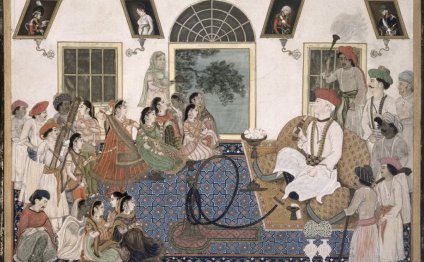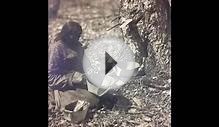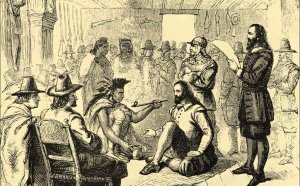
Native Americans Tobacco
One of the common sayings in Indian country is that when our ancestors first gave tobacco to the European invaders, they knew it was going to kill them, they just didn’t think it would take this long.
The use of tobacco today, for smoking as well as other uses, is a global phenomenon, and a global health concern. Tobacco, however, is a plant which originated in the Americas and which was first used in a variety of ways by American Indians. Most importantly, tobacco was, and continues to be an integral part of Native American spirituality. The history of tobacco is partially a history of American Indians.
First, some information about the plant. Tobacco’s genus, Nicotiana, contains 64 species. Today, the most frequently used tobaccos are Nicotiana tabacum (tall, annual, broad leafed plant) and Nicotiana rustica.
While tobacco grows wild in many parts of the Americas, the archaeological evidence suggests that Indian people in the Andes region of South American began to domesticate and cultivate tobacco about 7, 000 years ago. The practice of growing tobacco as a crop then spread north into the tribal traditions of what is now the United States and Canada and also out to the Caribbean Islands. Shortly after the beginning of the European invasion in 1492, the use and cultivation of tobacco began to spread to other parts of the planet.
Tobacco can be used by humans in many different ways: it can be sniffed, chewed, eaten, smeared on the skin, drunk, used in eye drops and enemas, and smoked. Smoking is the quickest way of getting the drug into the blood stream other than using a hypodermic needle. Taken in small doses, tobacco has a mild effect on those who use it. However, taken in large doses it can produce hallucinations, trances, and death.
Smoking is an unusual way of ingesting a drug. At the time of the European invasion in the 1500s, smoking was found only in the Americas and in a few parts of Africa. Europeans were unfamiliar with this activity and were, at times, amazed when they encountered it.
Tobacco was traditionally used by nearly all of the tribes of North America and the most common way of using tobacco was to smoke it in a pipe. Indians used pipes made from various materials in a variety of shapes. The most recognized is the Plains Indian “peace” pipe with its stone bowl and long wooden stem. The bowl of the “peace” pipe is often in an elbow shape or a T-shape.
The people whom archaeologists call Basketmaker in what is now the American Southwest were using a tube-like pipe about 3, 500 years ago. For their smoking mixture they used wild tobacco (Nicotiana rustica) which was probably mixed with other materials. In a similar fashion, the Indian people around the Great Lakes area about 3, 000 years ago were using tubular-shaped pipes for smoking tobacco. The pipes are flared on the tobacco end and narrowed on the mouth end.
While some pipes are left plain, others are elaborately carved. The designs can range from abstract patterns to realistic animal and human effigies. In some instances the animal effigies represent the guardian spirits of the pipe’s owner. Human heads, which are often carved so that they face the smoker, sometimes represent an actual deceased individual and are smoked to facilitate spiritual communication with that person.
One interesting historical side note is the collection of effigy pipes of Toussaint Charbonneau, the guide for the Lewis and Clark’s Corps of Discovery expedition. Charbonneau collected pipes which realistically portrayed people in erotic situations.
The Indian people in the eastern part of the United States frequently made pipes from clay. It was this clay pipe which the Europeans copied when they began to smoke tobacco.
In addition to using stone and clay for making pipes, Indian also made pipes from wood, bone, and antler.
Traditionally, the material smoked in the pipes was a mixture of tobacco and other plant materials. The Algonquian term “kinnekenick, ” which means “mixture” was often used to describe this mixture of smoking materials.
While smoking could be a social event or a solitary undertaking, the act of smoking always involved some ritual. When the pipe was first lit, smoke would be offered to the directions: four directions in some traditions, six in others, and often seven.
VIDEO REVIEWS



Share this Post
Related posts
Did Native Americans smoke marijuana
There once were four brothers, all spiritual men who had power. In a vision the oldest of them heard a voice saying: Out…
Read MoreTobacco history facts
Nicotine was isolated from tobacco leaves ( Nicotiana tabacum ) in 1828, but the powerful effects of nicotine were already…
Read More










